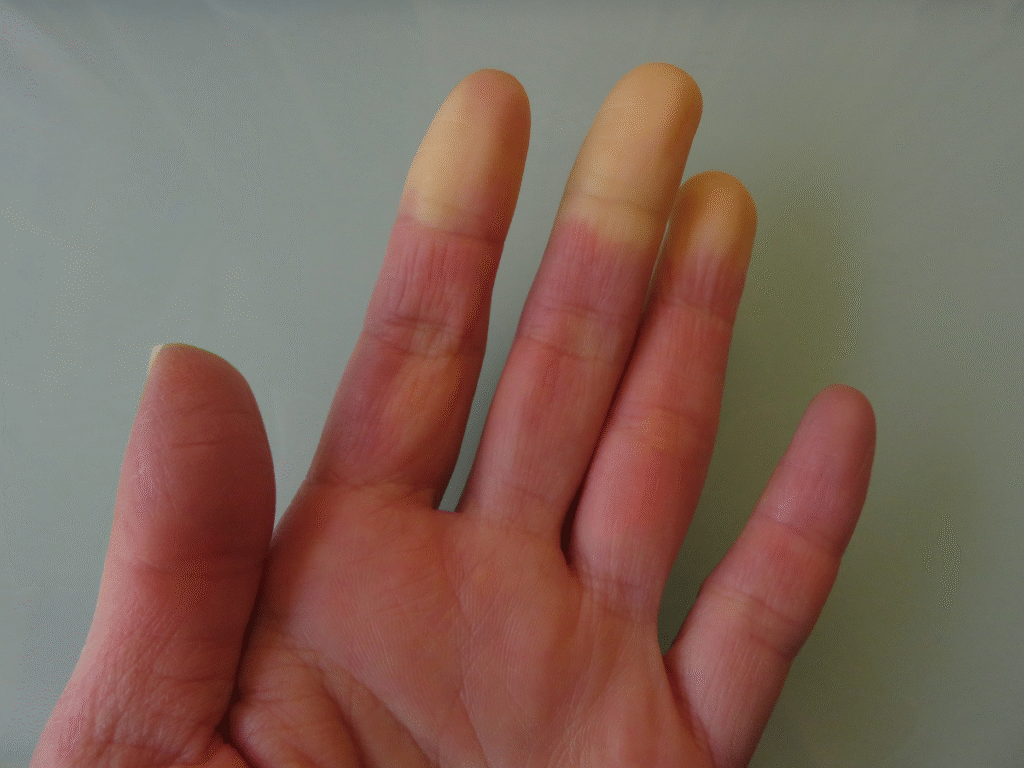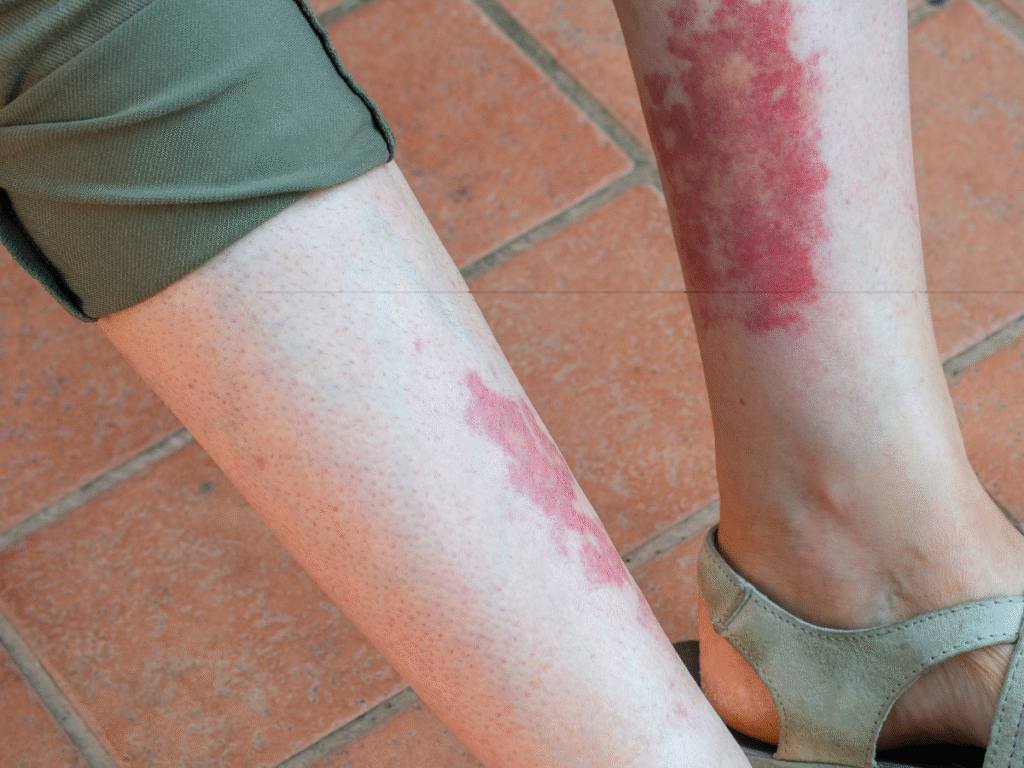Gout

Gout can cause painful, sporadic bouts in the joints where urate crystals form in tissue. In a healthy body, uric acid is filtered by the kidneys and excreted through urine. Patients with gout experience elevated levels of uric acid in their blood, leading to these painful episodes.
Bursitis/Tendinitis

Bursitis and tendinitis cause discomfort and pain that can interfere with daily activities. These conditions often worsen with age. They may develop from acute trauma or natural changes in the body over time.
Lupus

Lupus (systemic lupus erythematosus) is a chronic inflammatory disorder of the immune system. It can affect the joints, skin, and internal organs. Lupus is a serious condition requiring consistent medical supervision and management.
Osteoporosis

Osteoporosis causes bones to become weak and brittle, greatly increasing fracture risk. Often symptomless until a fracture occurs, it can be influenced by age, genetics, menopause, low body weight, smoking, alcohol, medications, and a sedentary lifestyle. Treatments include medication, supplements, exercise, and healthy lifestyle adjustments. Early detection and treatment help prevent bone loss and reduce fracture risk.
Myositis

Myositis is a chronic inflammatory condition that leads to muscle tissue weakness and degeneration. Two common forms are polymyositis (muscle weakness) and dermatomyositis (muscle weakness with rash). It can be inherited or triggered later in life.
Back Pain

Back pain is one of the most common medical issues, often interfering with work and reducing quality of life. Without proper management, it can worsen over time and lead to complications.
Scleroderma

Scleroderma is a group of diseases that causes the skin or connective tissue to harden and tighten. In addition to skin, it may affect blood vessels, the digestive tract, and internal organs.
Vasculitis

Vasculitis inflames blood vessel walls, making them thickened, weakened, narrowed, or scarred. Restricted blood flow can damage organs and tissues. This condition may target one organ or multiple systems at once.
Metabolic Bone Diseases

Metabolic bone diseases affect bone strength, leading to brittle bones that break easily. Osteoporosis is the most common, while rickets, seen in children, results in bones that are too soft.
Polymyalgia Rheumatica/Giant Cell Arteritis

These musculoskeletal diseases make everyday activities painful. Giant Cell Arteritis, also called temporal or cranial arteritis, inflames arteries in the head, arms, or neck. Narrowing of these arteries reduces blood flow and, without treatment, may cause permanent tissue damage.
